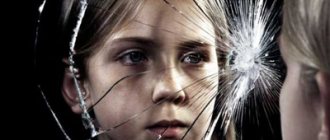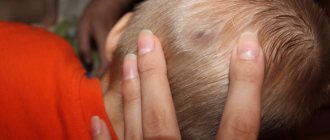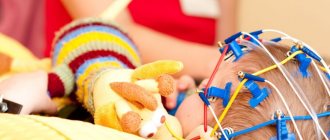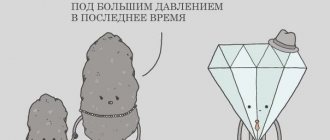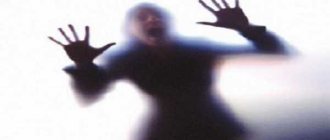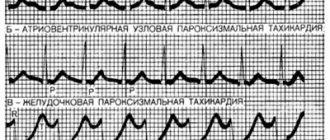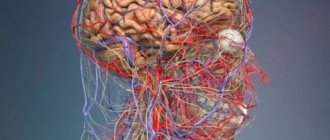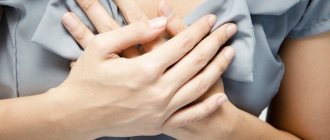Panic attacks are a psychoneurological disease that is psychological in nature, but has physical consequences.
Panic attack syndrome is a very sudden induced or causeless uncontrollable attack of fear accompanied by panic. People with this syndrome often experience nervousness, anxiety, agitation, or other phobias.
Panic attacks themselves do not harm a person, however, because of them, a huge amount of stress hormones are released in the body, which directly cause diseases: neuroses with their consequences, migraines, epilepsy, fainting, problems with the cardiovascular system, neuralgia, limb failure syndrome, etc.
In addition to the physical health consequences, panic in certain situations can lead to serious accidents.
Mentally, this syndrome can cause irreversible personality changes, a large set of phobias, as well as mental illness.
In the social sphere, damage and disruption of the patient’s socialization are also observed.
How do panic attacks manifest in children?
Panic attacks in children can occur only with the final establishment of consciousness, with some differences in the reasons for their occurrence and consequences from the same illness in an adult.
The symptoms of the disease in children are the same as in adults: reckless sudden fear, panic, horror with all the ensuing consequences in the form of rapid heartbeat, adrenaline rush, etc., and the duration of attacks is usually short, no more than twenty minutes.
For children, very rare panic attacks are the norm or a feature of mental development, as well as its adaptation to the unexplored world around us. It is worth sounding the alarm and immediately contacting a doctor if the attacks last more than ten minutes, are accompanied by fainting, the child is unable to control himself at such moments or is too frightened, becoming terrified. Also a pathology is their too frequent manifestation, even in a weak form.
In young children, in addition to the standard symptoms of panic attacks, increased urine pressure and disturbances in intestinal motility are often added, so often, when very frightened, small children may roll around, wet themselves, or start burping. With severe stress, such a reaction is normal, however, if this happens for minor reasons, you need to consult a doctor; perhaps the child has problems with the psyche or nervous system that sends too strong signals or reacts too violently.
Often, attacks of fear do not have a rational explanation, but sometimes a child can associate them with a specific place or action during which the first breakdown occurred and he begins to develop phobias.
First aid
First of all, during an attack, you need to calm down and begin to think that a panic attack does not pose a health hazard. No one has ever died from this. You need to learn to control your breathing while breathing evenly and elongated. It helps to start counting or considering what is around. If a loved one is nearby during an attack, then you need to take him by the hand and talk.
You must try to completely relax and think about good things. If you feel hot, you need to wash with cold water. If it’s cold, you can drink tea or take a warm shower. After the attack is over, you will feel very tired. Panic attacks occur more often in teenagers than in adults. You can also imagine a pleasant place and think about good things.

In order to get rid of attacks, the specialist prescribes certain medications. This will help remove the feeling of fear. Some people think that a seizure is no big deal. If treatment is not started, it will affect your health. After all, panic attacks in a teenager can become more frequent.
The following drugs are available:
- Tranquilizers reduce fear, anxiety and normalize the condition. You need to take medications as soon as you feel that an attack will begin. Medicines have side effects and therefore the patient develops addiction, impaired attention, and the reaction decreases. You only need to take them for a few weeks.
- Antidepressants help normalize your emotional state. This improves your sleep and improves your mood. Relieves anxiety, fear and tension. Antidepressants also have side effects and can cause problems in the gastrointestinal tract. Pain sensations often appear in the brain and cause insomnia, constant weakness and fatigue. The use of drugs must increase the dose over time. If the medicine is discontinued, this should also be done gradually. The course of treatment depends on the frequency of attacks and can take up to a year.
- Nootropic drugs help normalize performance in the head. They are used with other drugs that are indicated to combat attacks.
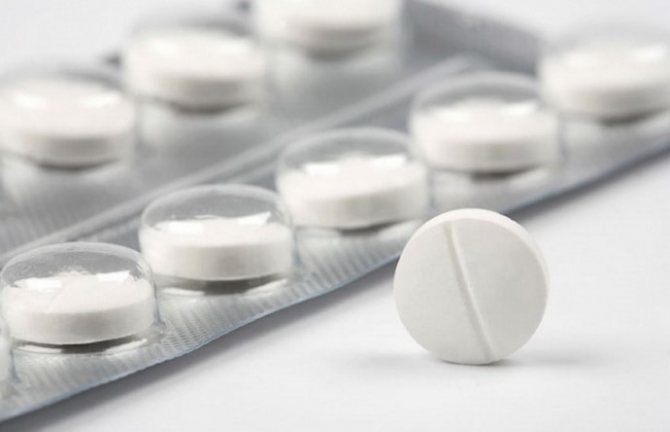
In addition, a specialist may prescribe a vitamin complex. Glycine can be prescribed; it is the safest drug for a panic attack in a child. It is necessary to drink it as a whole course, as it has a cumulative effect. The tablet should be placed under the tongue and dissolved. The drug has a natural composition and brings a calming effect.
Traditional methods give positive results in treatment. It is necessary to make a tincture of oregano. Take the plant and pour 250 ml of hot water. Leave for about fifteen minutes and strain. Take orally three times a day before meals.
The next recipe is prepared as follows: take motherwort and cut it into small pieces and put it in cheesecloth and squeeze it out. Fill the motherwort with water and repeat the spin cycle again. The product must be used several times a day to combat panic attacks in a teenager.
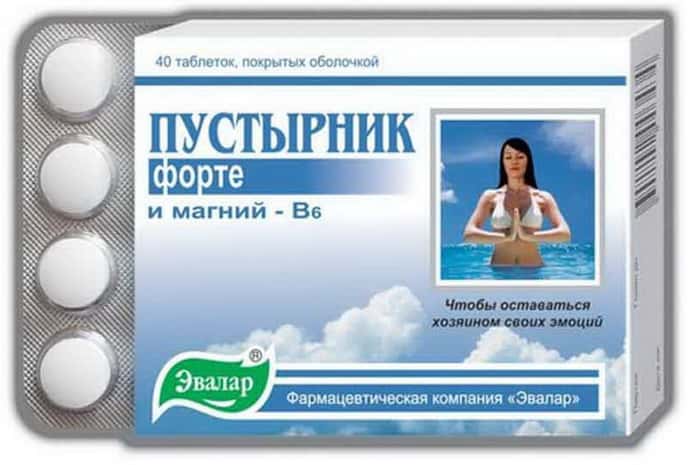
Causes of panic attacks in children and adolescents
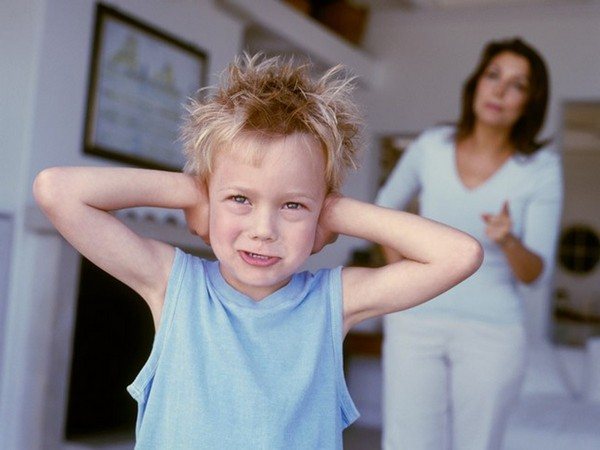
In adults, the vast majority of panic attacks are associated with chronic stress, overwork, internal contradictions or unresolved conflicts, mental illness, disorders of the autonomic nervous system, plus some physiological conditions and phobias.
In a child, panic attacks, as long as they are within certain limits, are to some extent the norm of development and occur in one degree or another in all children. Probably all parents have noticed when a small child runs away, hides when the doorbell rings, although he knows exactly who is behind it, loves and waits for this person, or, for example, has a need to build small houses or hide.
Perhaps these are the remnants of the unconditioned reflexes of the survival of cubs, preserved from the time of the first people, and, perhaps, a natural protective reaction of the undeformed nervous system and human consciousness.
Also, most panic attacks are caused by the child’s brain lacking sufficient information about the world around him. Therefore, the subconscious mind plays it safe, triggering a person’s natural defense mechanism - fear, which intensifies due to disruption of the autonomic nervous system or incorrect analysis of the situation.
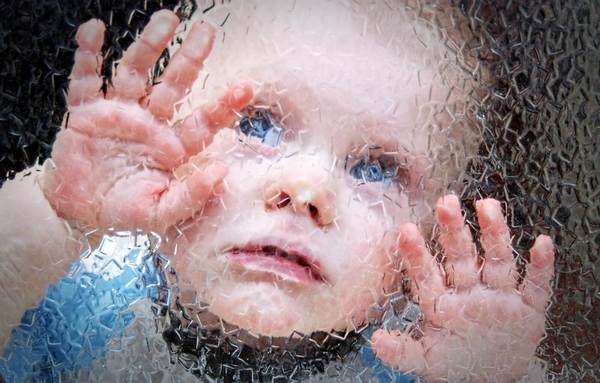
Panic attack syndrome in a baby can be caused by a lack of parental attention or family problems in relationships between parents or loved ones, when he feels their vulnerability and does not feel safe.
Excessive overprotection has a similar effect on the young psyche, when a little person is subconsciously inspired by his parents that the whole world is dangerous, and he is vulnerable both physically (you can catch a cold, don’t fall, be careful) and morally, which is further enhanced by the irritation of a child dissatisfied with such behavior.
Interpersonal conflict is also typical for children, and its most popular variants are: I want to, but I can’t, or I don’t want to, but I have to.
Hyperactivity of the nervous system.
Emotional isolation of children when they do not receive enough attention from their parents or relationships with any family members are disrupted.
Severe stress caused by an event or long-term negative impact on both health and psyche.
A panic attack can be caused by a reaction of an immature and inexperienced nervous system to any physical disease, which the brain may subconsciously perceive as a threat to life. At the same time, the child will not even understand why exactly he became scared.
Possible complications
Paroxysmal anxiety is a fairly serious mental disorder, which without proper treatment can lead to the development of dangerous complications. Among the mental and somatic disorders that PA can lead to are the following conditions:
- Neuroses.
- Epilepsy.
- Diseases of the heart and blood vessels.
- Neuralgia.
- Fainting, which greatly increases the risk of injury.
Untreated PA can also cause prolonged depression in a child. The patient may develop various fears and phobias.
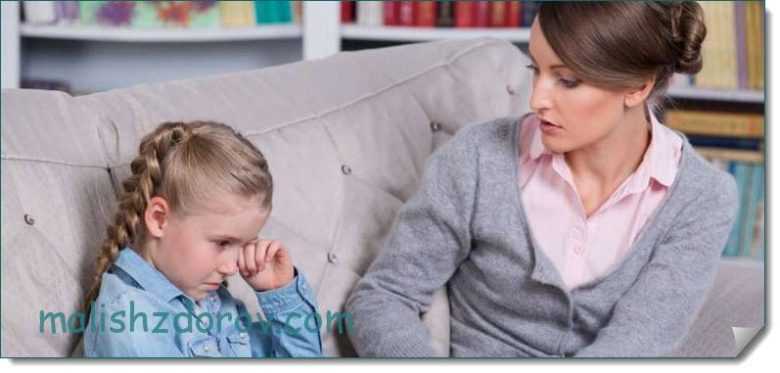
At the same time, the teenager’s social adaptation suffers greatly. He may abandon his studies and stop communicating with peers. Many patients suffer from the fear of leaving the house and finding themselves helpless.
You might be interested in: When do newborns begin to see and hear?
Panic attacks in teenagers
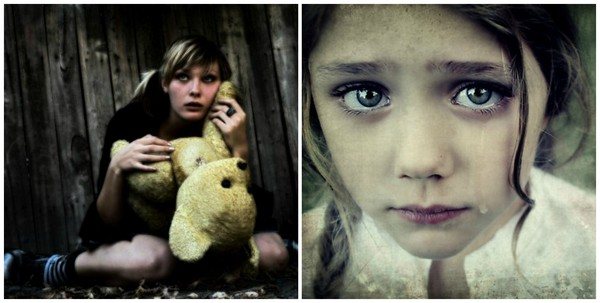
Panic attacks in adolescents have a more pathological meaning and also often manifest themselves. We can say that teenagers are children at their core who are already participating in adult life. Therefore, while retaining childhood mental characteristics, they are already exposed to adult stress.
The etiology of teenage panic attacks is a combination of purely childhood causes of their occurrence and adults: stress, overexertion, psychological problems acquired by this time, and there are especially many unresolved interpersonal conflicts at this age.
Plus, there are certain teenage causes of panic attacks:
- Hormonal changes
- Periods of rapid growth, when the brain may perceive too sudden changes as a threat to life and health.
- Problems of establishing one's social status.
- A large number of certain physiological states: first menstruation, first sexual intercourse, first love, etc.
- Chronic and psychological disorders acquired by this time.
- Mental instability.
Ask your doctor about your situation
Symptoms of PA are divided into physical and psychological.
Physical symptoms include:
- Tachycardia (rapid heartbeat and pulse), increased blood pressure (blood pressure).
- Pain or tightness in the left side of the chest.
- Pre-fainting (excessive sweating, dizziness, “darkening in the eyes”, weakness in the knees, etc.).
- Paresthesia (unpleasant sensations in the limbs in the form of tingling or numbness).
- Discomfort from the gastrointestinal tract (gastrointestinal tract): nausea, dry mouth, feeling of “boiling” in the stomach, frequent urge to urinate or defecate, pain in the stomach, etc.
- Tremor (shaking) of hands. Learn more about what limb tremors are.
- Feeling of suffocation, lack of air.
- The feeling of chills is replaced by sudden waves of heat.
- Visual and auditory perception disorder
Psychological symptoms of PA:
- Confusion or narrowing of consciousness.
- Feeling of a “lump in the throat.”
- Derealization : the feeling that everything around is unreal or is happening somewhere far from the person.
- Depersonalization : the patient’s own actions are perceived as if “from the outside.”
- Fear of death.
- Anxiety about some unknown danger.
- Fear of going crazy or doing something inappropriate (screaming, fainting, throwing yourself at a person, wetting yourself, etc.).
Characteristics of the disorder:
- They are always sudden , without an aura (harbingers), unlike, for example, epilepsy.
- Against the background of panic attacks, hypochondria develops - the person is afraid that all this is happening due to a physical illness. Patients begin to undergo a bunch of tests, run to doctors, but, naturally, their fears are not justified, and they begin to suspect that they have an unknown and very serious illness.
- The emergence of the waiting syndrome . After the first attack, subsequent ones occur due to the fact that the patient becomes anxious about the occurrence of new attacks.
- Despite the fact that , according to patients, the attack occurs for no reason, a pattern can be traced: the attack occurs under the influence of a stress factor. For example, in a crowd, on public transport, when a person is quarreling with someone, etc. This leads to the fact that the patient begins to avoid such situations. He may develop “agoraphobia” - fear of open spaces, large crowds of people, etc.

Consequences of panic attacks in children
Panic attacks in children do not cause as many problems with physical health as in adults, but many times they make up for lost time on the mental side.
Advanced panic attack syndrome in a child causes abnormal mental development, as well as disruption of socialization.
During the period of growth and personality formation, it is very easy to influence this process. Children are much more susceptible to stress and are more prone to forming a huge number of phobias and complexes. It also lays down the future algorithm of the child’s relationship with society, which, due to periodic panics and the negative reaction of peers to them, can be disrupted, giving rise to a closed, unsociable, suspicious personality, who will subsequently become an aggressive and lonely person.
Risk factors
- Psychological trauma.
- Chronic stress.
- Disturbed sleep-wake pattern.
- Lack of physical activity.
- Bad habits (drinking alcohol, smoking).
- Psychological conflicts (suppression of desires, complexes, etc.).
There are many theories about the origin and etiology of panic attacks.
Many scientists suggest a biological basis for PA, but there are also versions about a purely psychological basis:
- Genetic theory: it is believed that a certain region of genes is responsible for PA and attacks are a hereditary disease. It was noted that in a pair of twins, if one of them has PA, then with a 50% probability the second will also have attacks.
- Catecholamine theory : hormones produced by the brain (adrenaline, dopamine, norepinephrine) mobilize the body by stimulating the nervous system. This often leads to panic attacks.
- Cognitive theory : says that a person incorrectly interprets physiological manifestations in certain situations, which leads to a state of panic.
- Psychoanalytic theory : Intrapersonal conflicts, frustrated needs, and unfinished actions are believed to cause PA.
- Behavioral theory: states that PAs provoke a person’s fears and anxieties about possible disasters (plane crash, injury, etc.).
Panic attacks also develop in the presence of the following diseases:
- Anxiety-phobic disorder.
- OCD (obsessive-compulsive disorder).
- Depressive syndrome.
- Schizophrenia.
- Affective insanity.
- Psychological trauma.
- Stress disorders.
- diseases : ischemia, heart attacks, angina pectoris, tachycardia, arrhythmia.
- Endocrine diseases: hypothyroidism, hyperthyroidism, adrenal cancer, etc.
- Physiological reasons: contractions during childbirth, pregnancy, menopause, onset of menstruation, defloration, hormonal crises, etc.
- Heredity.
- Use of surfactants (psychoactive drugs): alcohol, some drugs, caffeine.
- Long-term use or overdose of the following medications: steroid drugs, xylitol, sorbidol, bemegride.
Treatment
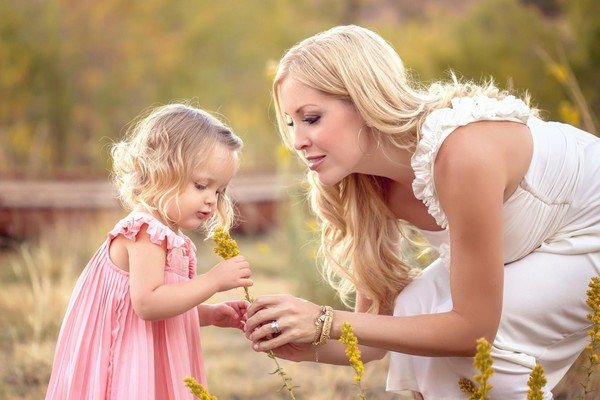
Treatment for the prevention of panic attacks in children follows the same principles as in adults, by creating comfort and a favorable moral atmosphere. The use of medications is not recommended, however, the visible, but not intrusive presence of parents in his life is extremely important. A child of any age should always feel protected, complete, successful, and most importantly, loved.
Considering that in childhood a person’s future psyche is formed, on the basis of which he will build his life, the well-being of which will depend on its health, at the slightest deviation in this area it is necessary to consult a psychologist, as well as conduct periodic psychological monitoring, for which in most There are full-time psychologists in children's institutions.
Prevention and prognosis for the patient
If the patient does not suffer from conditions such as depression, hypochondria and others, the prognosis for him is usually favorable. If a child suffers attacks with high tragedy, this increases the risk of developing various mental disorders. In turn, this leads to a deterioration in socialization in society and aggravation of the situation.
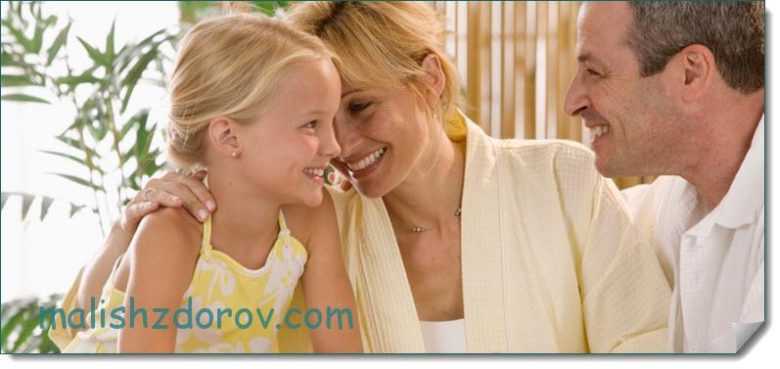
As for prevention methods, it is important to remember the need to create the most comfortable conditions for your child in terms of emotional health. The child should not observe conflicts in the family or witness a showdown between adults. In addition, it is important to provide the child with proper moral support and try to develop his self-confidence. All this will help to raise a mentally healthy personality and raise a full-fledged member of society.
Diagnostics
Depending on the presence of somatic diseases and manifestations of the disorder, various methods for diagnosing PA are used.
They are mainly used to exclude the presence of somatic pathology:
- EEG (electroencephalogram);
- Fluorography;
- MRI (magnetic resonance imaging);
- Daily monitoring of heart function;
- Daily EEG;
- Orthostatic tests;
- Doppler ultrasound of cerebral vessels;
- X-ray of the spine;
- Ultrasound of the abdominal cavity;
- Neuropsychological examination;
- Pathopsychological examination;
- Study of personality structure;
To be diagnosed with a panic attack, the following symptoms must be present:
- The attack is accompanied by feelings of anxiety, fear, and panic.
- The intensity of the attack increases in a matter of minutes.
- Similar attacks are observed for several months and are repeated at least once a week.
- The presence of at least 4 such physiological symptoms as: dizziness, sweating, rapid heartbeat, feeling of a “lump in the throat”, trembling hands, weakness in the knees, chills, hot flashes, dry mouth, stomach pain, intestinal upset, suffocation , shortness of breath, pain in the left side of the chest, numbness of the limbs, convulsions, fear of going crazy, derealization, depersonalization, gait disturbance, visual and hearing impairment.
What to do if panic attacks occur at night?
If a child cannot sleep or wakes up abruptly in the middle of the night due to anxiety, accompanied by strong heartbeat, sweating, and choking, then this is a panic attack. We usually recommend leaving the area where the panic occurred. But at night it is problematic. The only sure way is to wait out the attack. And adults should help the child with this, calm him down. You can go out onto the balcony to get some air. The attack can last from a few minutes to half an hour - but it will definitely pass. You need to understand this, then it will be easier to overcome panic.
What happens to the child?
During a panic attack, something like this happens in the human body:
- A sharp surge of adrenaline.
- The consequence is vasoconstriction, increased breathing and heart rate.
- Increased blood pressure.
- Rapid breathing increases the release of carbon dioxide, which further increases anxiety.
- Carbon dioxide changes the pH of the blood. This leads to dizziness and numbness of the limbs.
- Vasospasm slows down the delivery of oxygen to the tissues: lactic acid accumulates, increasing the manifestation of the attack.
- A sharp surge of adrenaline.
- The consequence is vasoconstriction, increased breathing and heart rate.
- Increased blood pressure.
- Rapid breathing increases the release of carbon dioxide, which further increases anxiety.
- Carbon dioxide changes the pH of the blood. This leads to dizziness and numbness of the limbs.
- Vasospasm slows down the delivery of oxygen to the tissues: lactic acid accumulates, increasing the manifestation of the attack.
